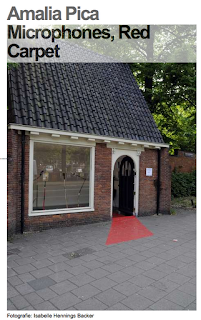Movement in open space.
Is it true because of our own movement has been changed trough the movement in objects like a faster car, a faster train or faster shoes make us see the world around us differently? When I walk I think about my grocery list or the things I must do that day. I stare at the ground moving under me and only notice some change in structures or colours. Really noticing the world around me doesn’t catch my interest. I am thinking and the images of what I must do that day come in my sight.
Because I have much to do I am not focussed to the details around me. Do I forget to look around me just to take a second of rest in my mind.
I believe that everywhere I go I get impulses all the time. Advertising signs, traffic signs, moving cars, people to bump in, pavements to trip over, stopping lights and everywhere noise. My sight gets blur because there is much to notice and much to absorb for my mind.
The way we move or to be moved on our way from A to B is made by some one. Do they pay any attention to how I look at my surroundings? Is the building by Frank Gehry on my right a design he has made to catch my attention? Because in just a second I would pass on and have never seen it. I think that architects and landscape designers play a big role in designing my surroundings. I wonder if they are busy bringing in more incitement to my sight of wanting to keep it soft and quiet.
A place where we can only see colour and familiar shapes we know from our childhood, the rest is fantasy and made up in our own mind. Many may see the world in this way.


































